Valentines day is in the rearview mirror but we need to stay focused on the fact that February is still American Heart Month. In my last article I spoke about lifestyle modification and how little changes can have a big effect on decreasing your risk of cardiovascular disease (CVD). Today I will cover items to monitor and keep track of your risk.
The universal testing to monitor CVD is by checking your cholesterol. One thing to keep in mind is that all cholesterol is not bad, only bad cholesterol is bad. Taking that a step further, high levels of bad cholesterol are bad. I say this because cholesterol is a building block in our bodies, it is what every hormone is derived from and it is also involved in transport of our fat-soluble nutrients.
I will use the example of a recent conversation with one of my patients. He is currently taking a statin drug and his cholesterol is 88. Normal would be less than 200. This may be looked at as a great level however he is also being treated for low testosterone probably due to the lack of building blocks in his system.
A standard lipid panel will check total cholesterol, LDL, HDL and triglycerides. Total cholesterol is composed of bad + good cholesterol. LDL or “ L ousy” cholesterol is the bad cholesterol, triglycerides or “ T errible” is bad as well while HDL or “ H ealthy and H elpful” is the good cholesterol. It is as important to know these numbers just like we know our blood pressure.
Keep this statistic in mind that only ½ of people who die of heart attacks have high cholesterol. Underlying inflammation can play a big part in that and here are two blood markers that can help find out if that is an issue: C-reactive protein and homocysteine. Both tests can be requested from your practitioner.
C-Reactive Protein is a protein that is found in the blood. Its levels become elevated when the body detects an infection or need for inflammation (which is often a sign of infection.) Levels can also rise due to a previous infections, obesity, and even depression. Elevated levels may also indicate future problems including cardiovascular disease and atherosclerosis.
Homocysteine is an amino acid that promotes free radical production, as well as elevates triglyceride and cholesterol levels. Studies indicate that high Homocysteine levels are directly related to strokes, peripheral vascular disease, and cardiovascular disease.
Once you have these numbers, you can plug them into an online CVD risk calculator. The one I like to use is the Reynolds risk score found at: http://www.reynoldsriskscore.org. The reason I like this one is that is it incorporates not only cholesterol but the inflammatory marker CRP. The Reynolds Risk Score is designed to predict your risk of having a future heart attack, stroke, or other major heart disease in the next 10 years.
The next monitoring item I would recommend is to find our your Coronary Calcium score. This is a CT scan of your heart based on the amount of calcification you have in your coronary arteries. A negative cardiac CT scan indicates a very low risk of heart attack in the next two to five years. This test in Dickinson is done at the Sanford Clinic West and is not covered by insurance. The out of pocket cost is $100.
I recently had one done because my cholesterol was elevated and even though my Reynolds risk score was good, I have a family history of CVD and I wanted to if I was having any calcification. Fortunately, my score came back as a zero, which means I had no calcification at this time.
And lastly, you could do Advanced Lipoprotein Particle testing for cardiovascular risk assessment. This test will look at particle size of your LDL and HDL. This is important because small dense particles can increase your risk of CVD as they are easily taken up into the vascular wall with inflammation eventually causing calcification of the arteries.
Large and buoyant LDL = decreased risk for cardiovascular disease
Small and dense LDL = increased risk for cardiovascular disease
An example of 2 patients with same LDL reading, but having different particle sizes, and therefore they have different CVD risks. With small, dense LDL you can have up to a 300 % increase risk for CVD. These small LDL particles readily enter the compromised arterial walls causing increased inflammation, oxidation and free radical attack
Small, dense LDL are often found in cases of high triglyceride's and low HDL. Triglycerides > than 140 = small dense LDL. In this case, you may not need to test, just assume and get on a program to decrease triglycerides. Triglycerides < 70 = no small dense LDL. Triglycerides 70-140, triglycerides cannot be used to predict, thus having a test might be important, especially with other CVD risk factors.
The test we recommend is the CardioMetabolic Profile by Spectrocell Labs. It is a fasting blood draw and the cost is $140.
Once again, if you don’t measure it, how do you know what you are doing? So take the time, have the tests and get working on positively influencing your risk for CVD.
My next article will review some of the supplements that can speed up the body’s ability to fight inflammation and heal itself.
Until next time, be vigilant about your health!!
VISIT US
HOURS
HOURS
CONTACT US
Fax #: (701) 483-4926




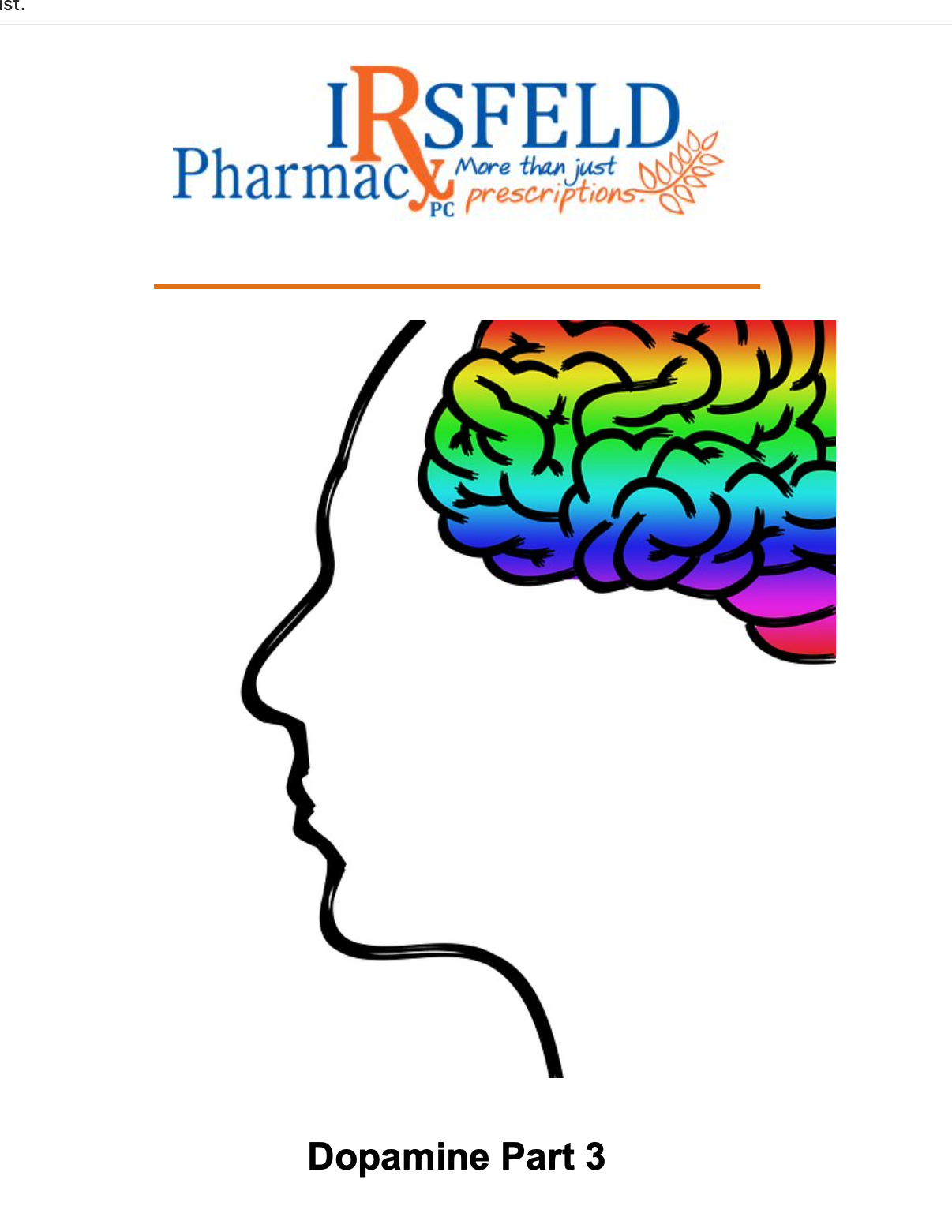

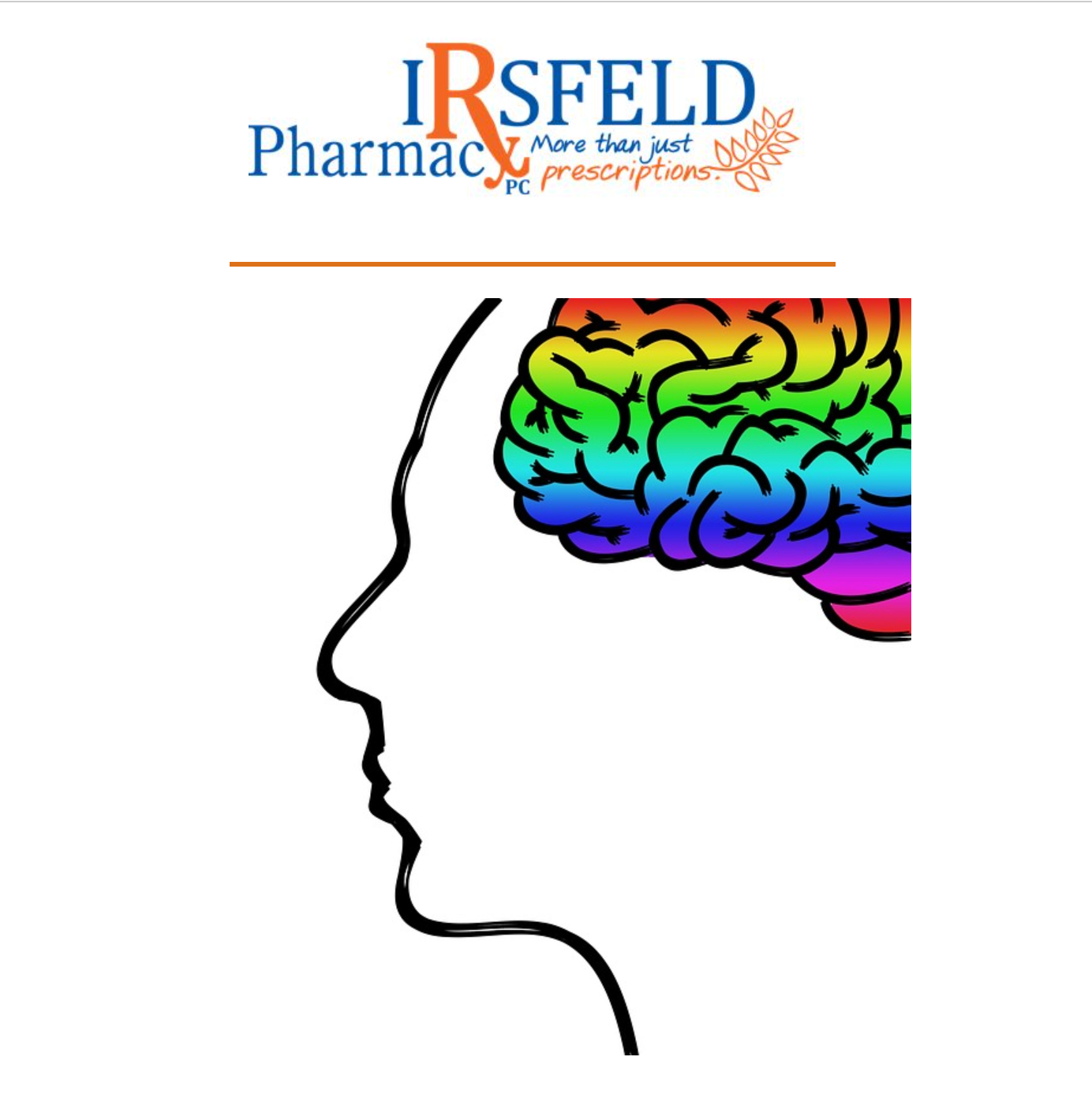
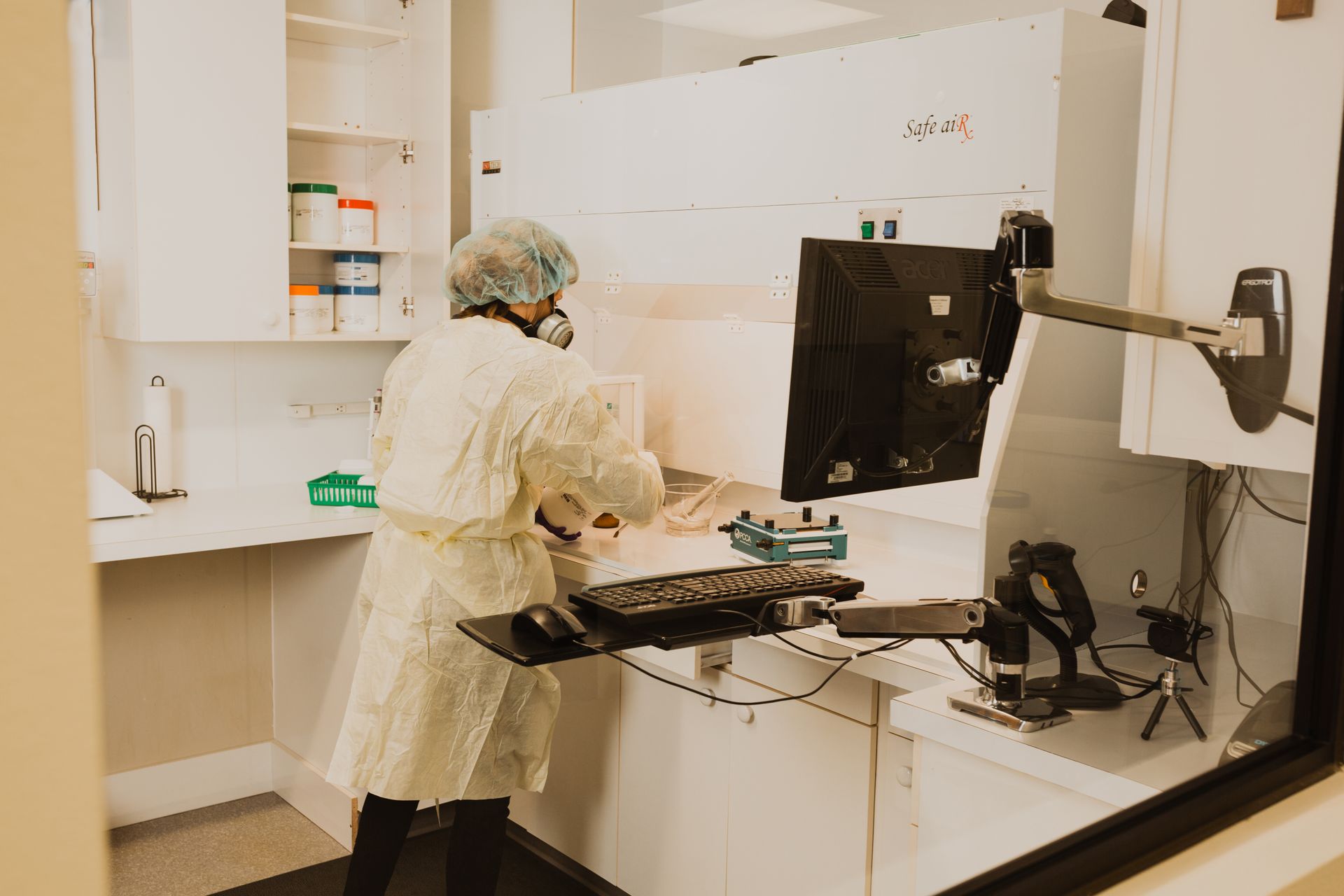


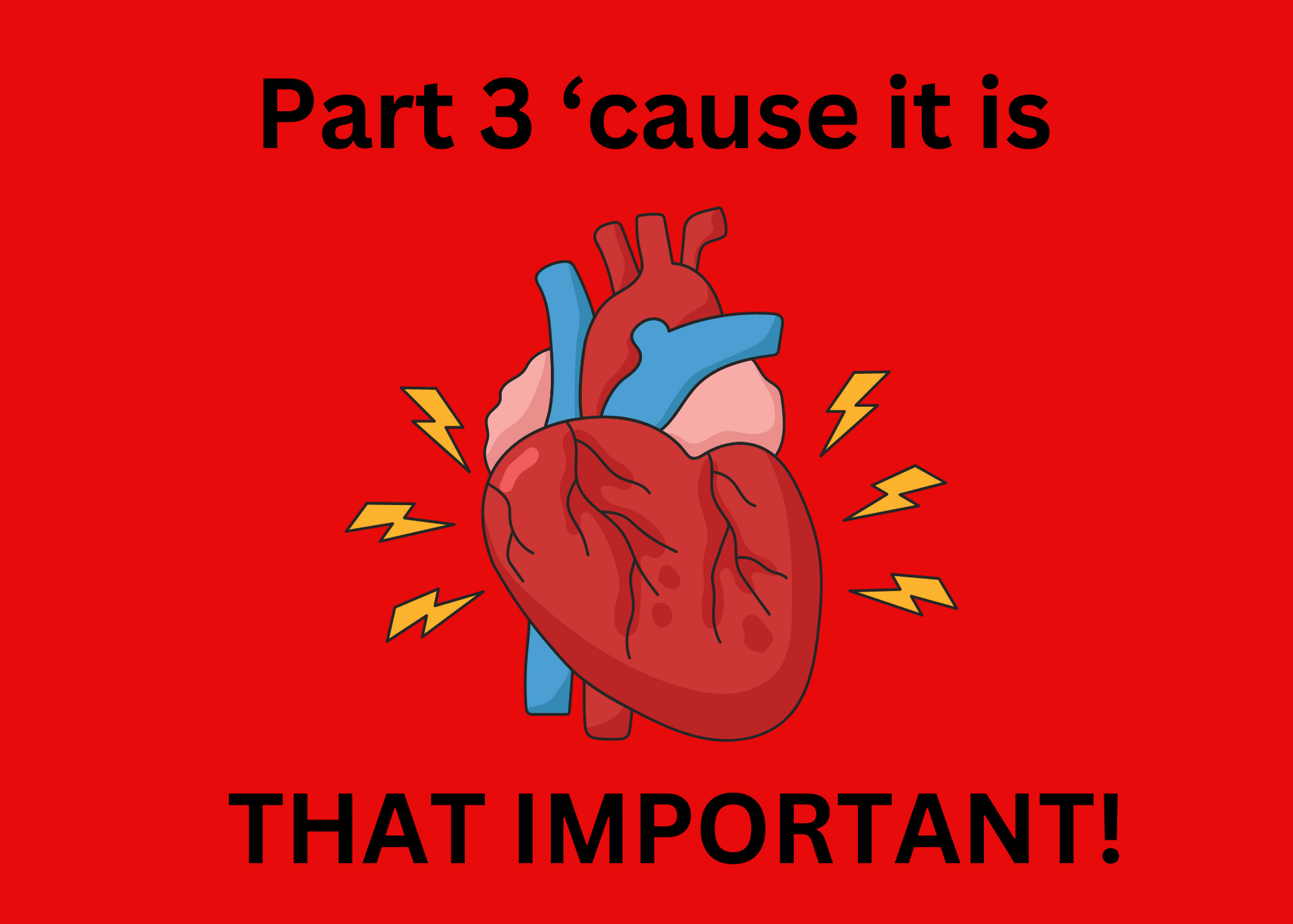
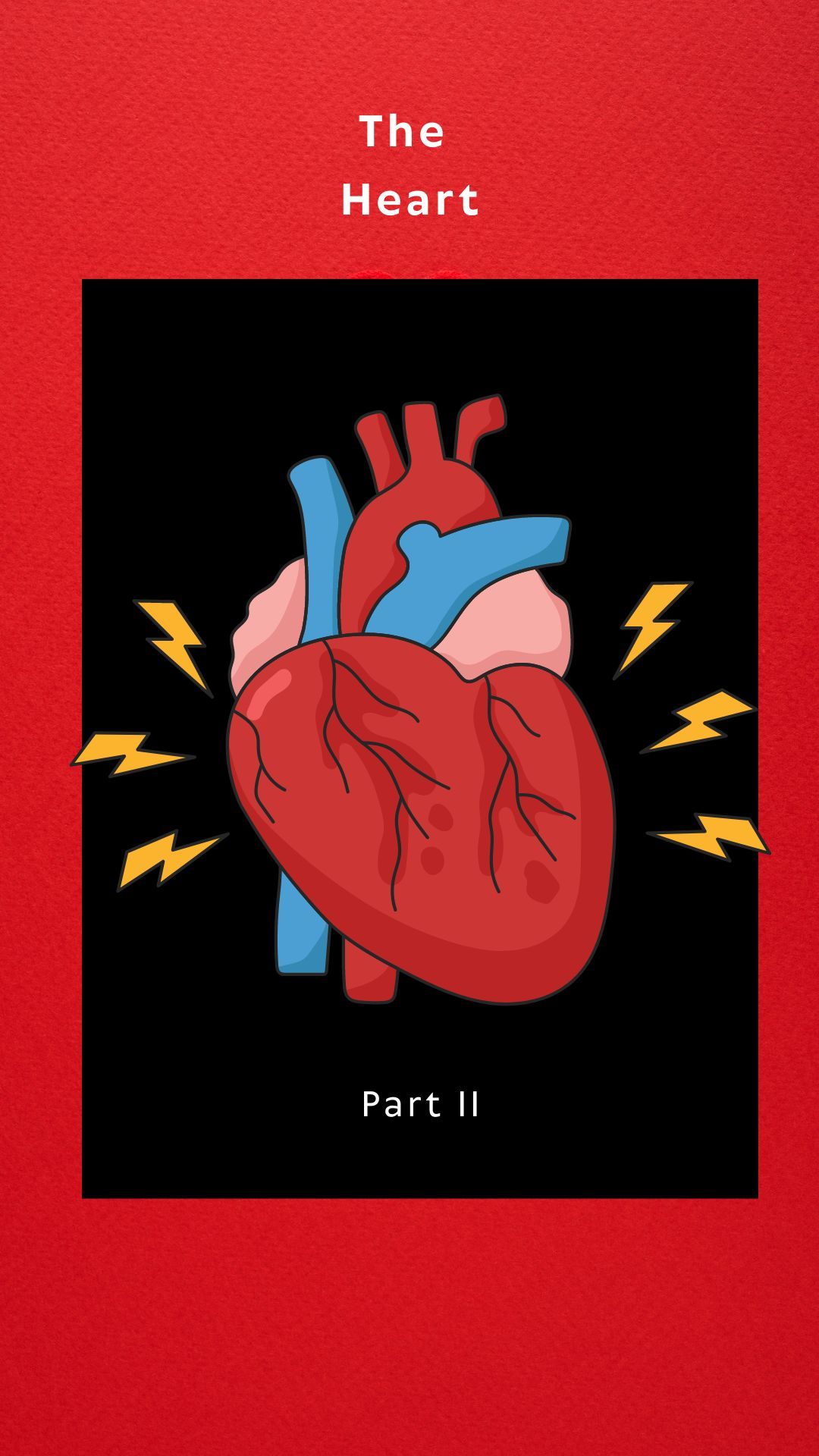
Share On: